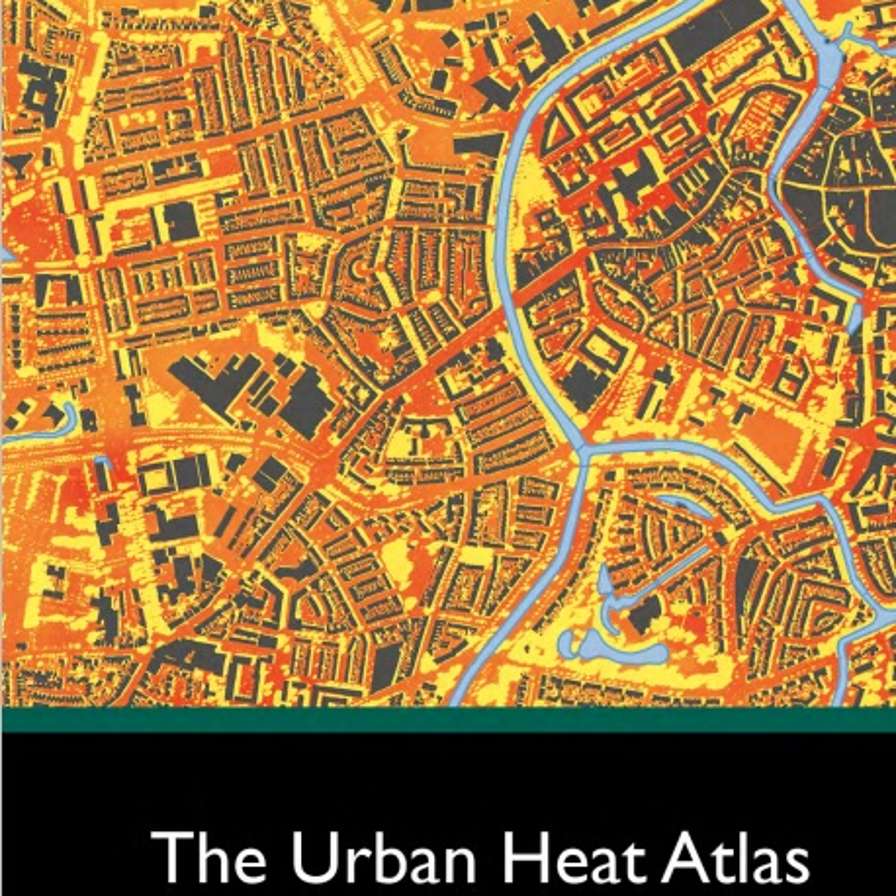The Urban Heat Atlas
Publication - October 2022

With increase in awareness of the risks posed by climate change and increasingly severe weather events, attention has turned to the need for urgent action. As heat waves become more frequent, longer-lasting and more intense, the Cool Towns project provides cities and municipalities with the knowledge and tools to become heat resilient.
Identifying heat stress
The first step to developing effective heat adaptation strategies is identifying which areas in the city experience the most heat stress and who are the residents most affected. This enables decision-makers to prioritise heat adaptation measures and develop a city-wide strategy.
How to conduct a Thermal Comfort Assessment
The Urban Heat Atlas is the result of four years of research. It contains a collection of heat related maps covering more than 40,000 hectares of urban areas in ten municipalities in England, Belgium, The Netherlands, and France. The maps demonstrate how to conduct a Thermal Comfort Assessment (TCA) systematically to identify heat vulnerabilities and cooling capacity in cities to enable decision-makers to set priorities for action. The comparative analyses of the collated maps also provide a first overview of the current heat resilience state of cities in North-Western Europe.
Authors
- Gideon Spanjar
- Debbie Bartlett
- Sába Schramkó
- Jeroen Kluck
Climate Resilient City research group
More frequent and intense rainfall, prolonged droughts and heatwaves, rising sea levels. The effects of climate change are being felt. The Climate Resilient City research group at the Amsterdam University of Applied Sciences is exploring how cities can be designed to ensure that residents and businesses can continue to live, work, and recreate comfortably in the future. Their research focuses on heat, drought, water, and biodiversity.